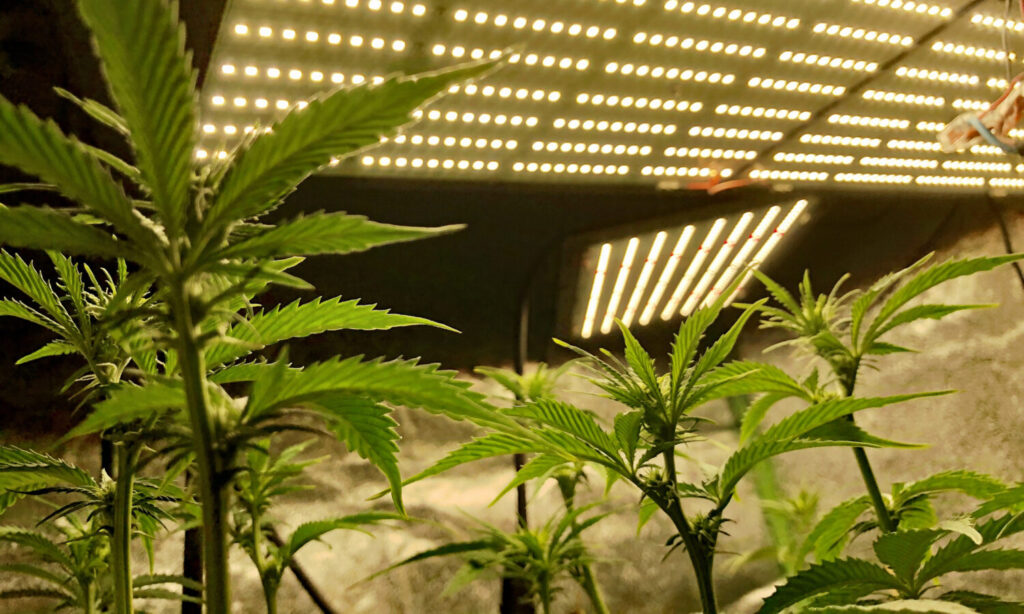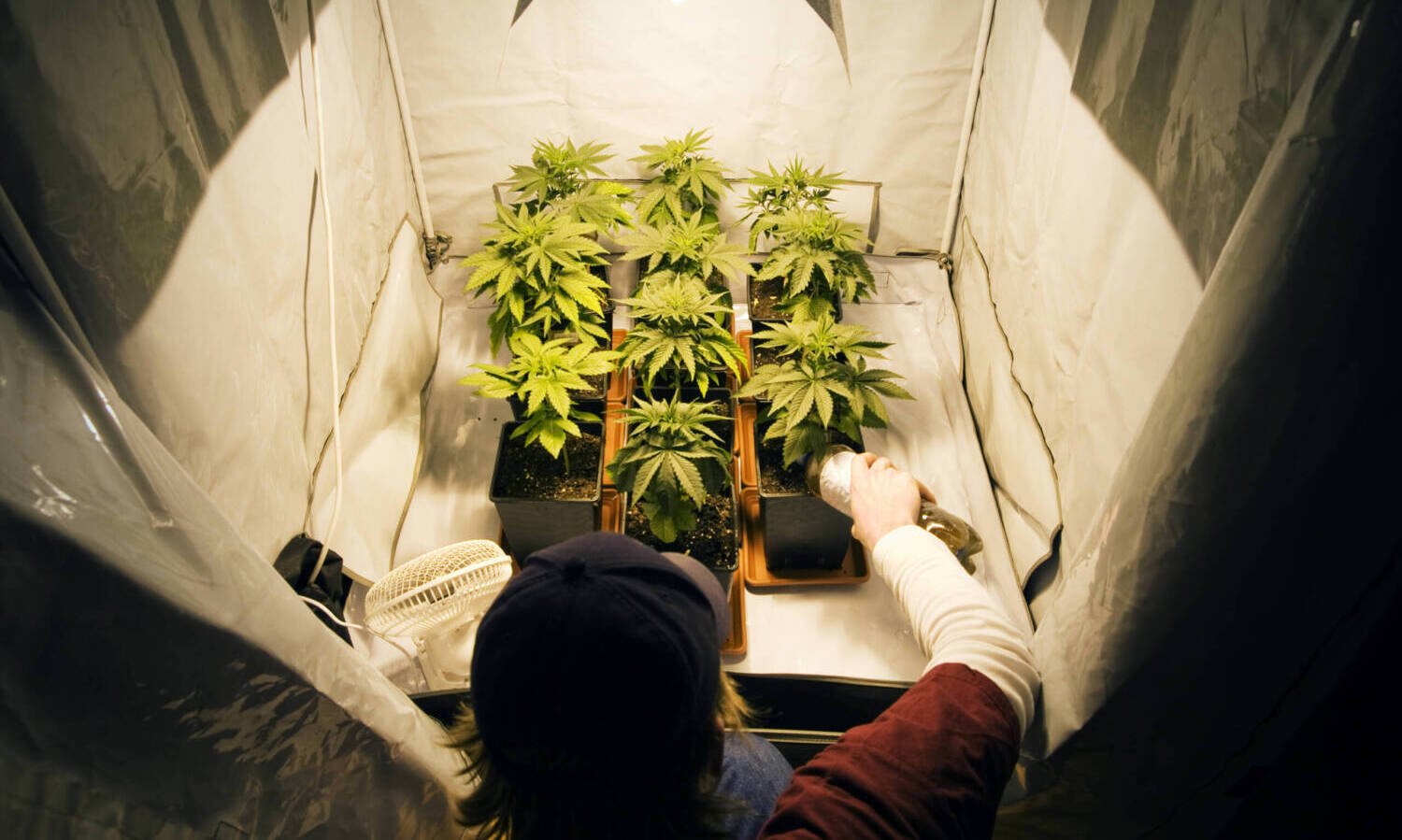
Beginner mistakes to avoid when you are just starting out growing weed
This article originally appeared on Cannabis.net and has been republished with permission.
If you are considering growing your very first cannabis plant, congratulations! It’s an extremely rewarding cause and even seasoned growers will feel envy, a bit like seeing someone discover a great movie or piece of music for the first time.
However, you also embark on a road littered with traps for the unwary. Here we highlight some of the most common beginner mistakes and how to avoid them.
Photo by Jordan Siemens/Getty Images
The Pocket Seed of Destiny
Oh, it’s so tempting. A free cannabis seed that magically appeared in your bag of buds. The buds were great so surely this will produce a plant that will yield more of it? Don’t waste your time. The seed can be anything, most likely it’s a male seed, in which case you won’t get any buds at all and even if it doesn’t, it’s highly unlikely to produce the same buds you bought.
Getting started right starts with the right seeds, so visit an online seed bank like Zamnesia and choose exactly the kind you want. There will be more than enough surprises on your growing journey without throwing any mystery seeds into the mix!
Trust the luck with pH and nutrients
Remember what your mom told you about what it takes to grow big and strong? The same applies to cannabis plants. It’s easy to get overwhelmed by all the nutrient advice and associated acronyms, and you wouldn’t be the first novice to throw up their hands in desperation, water the plants well and hope for the best.
Even if you think you’ve covered it in nutrient-dense organic super soil, it doesn’t matter if the pH is out of balance as this will prevent the roots from absorbing the nutrients that are present. Most nutrient issues are actually pH issues, so keep that at the right level and the battle is more than half won. If you are growing in soil, the pH should be between 6.0 and 6.5. With coco or hydro you should aim closer to 6.0 or slightly below.
underestimate the need for light
Light is expensive, as is electricity these days, of course. But here’s a word for the wise. If a simple household incandescent bulb would suffice, all professional growers would use it instead of their expensive HID and LED setups!
RELATED: Is There Really a Difference Between Cannabis Grown Indoors vs. Outdoors?
Younger plants can do without much light, but you must be able to crank it up once they reach the flowering stage or your buds will be a disappointment. In short, there is a direct correlation between light intensity and the amount of bud produced. The type of lighting you need will depend on your personal setup, but invest in LEDs whenever possible. They deliver phenomenal intensity without generating heat and are very energy efficient, so you’ll thank yourself later as they don’t pay for themselves for long.
Over- or under-watering
It’s easy to make a mistake when watering, and it’s something that even experienced growers occasionally stumble upon. A submerged plant can be clearly seen. With thin and brittle leaves that are dry to the touch, the plant will generally look sickly and feel sorry for itself. Don’t overreact, but increase the watering frequency and when the plant looks healthier, consider transplanting it into a larger pot.
An overwatered cannabis plant will have drooping leaves that curl down and may have yellow or brown spots. The problem isn’t necessarily that you’re giving the plant too much water. It could be due to insufficient drainage or even a pot that is too big.
Proper watering is an art, and different cannabis strains have different needs. The number one tip is to look out for signs of trouble so you can act quickly.
 Photo by DaveLongMedia/Getty Images
Photo by DaveLongMedia/Getty Images
Not enough ventilation
When growing indoors, you can get so busy monitoring temperature, humidity, etc. that you forget to give your plants some fresh air. Inadequate ventilation can lead to mold growth, which in turn can destroy an entire crop.
Assuming you’re not growing on a large scale, a freestanding fan should be more than sufficient to keep the air moving.
lack of care
Ventilation isn’t an issue when you’re growing outdoors, but it does expose you to a whole new set of risks. In short, it boils down to two things: don’t forget to protect your valuable property and be considerate of your neighbors.
As for the first point, growing cannabis where anyone can see it is never a good idea, even if you live somewhere where it’s perfectly legal. Let’s say your plant will yield 300g. Average pharmacy prices are around $10 per gram. Even in the best of neighborhoods, you wouldn’t leave a $3,000 car in your yard day and night with the keys in the ignition for all to see. By growing companion plants like chamomile and lavender, you’ll also mask the smell.
RELATED: The Best YouTube Channels for Growing Your Own Weed
It’s not just theft that you have to think about. You might have cried out when growing was legalized in your state, but that doesn’t mean your neighbors felt the same way. Keep your plants a respectful distance from borders so they don’t catch your eye or nose. This is doubly important when the neighbors have children.
Harvest too early
Any new grower will find the first harvest stressful, it’s only natural. Harvesting too soon is a shame as it reduces overall potency and weight after all your hard work. Be patient and wait until most of the pistils have darkened and started to curl. Of course, timing comes with experience, but if this is your first harvest these tips will help.
Growing cannabis is a great adventure. You’ll never stop learning, but if you keep the above points in mind, you should get off to a flying start.
This article originally appeared on Cannabis.net and has been republished with permission.

Post a comment: